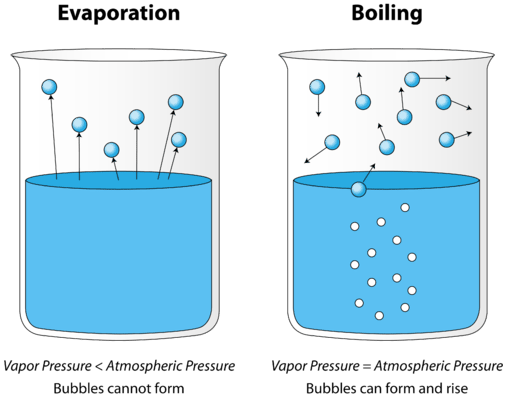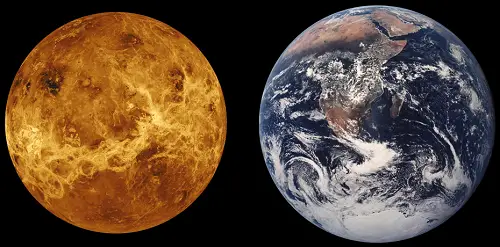
Why Do Tornadoes Occur?
If you have seen Twister, then you know what a tornado is. For those who did not experience it the movie can be exaggerating but such thing really occurs, commonly in the United States. Now, you may be wondering how it occurs.
Tornadoes are formed because of two ample loads of different temperatures and humidity meeting each other. If the lower layers of the atmosphere are not steady, a powerful uprising of warmer air is formed. It starts to spiral as it goes up, and it gets stronger. Not all formations though, develop to be narrow, aggressive Tornadoes.
In lay man’s term, tornadoes are formed when warm air from one direction meets a cold air from another direction. By the drastic change of weather these days such occurrence is not a surprise. The warm areas of the world are becoming warmer and the cold areas are becoming even colder. It is a wrath of nature that has its own causes like the tornado.
Supercells are the root cause of tornado formation ‘š it is formed by a class of thunderstorms called as such. These so-called supercells are composed of what they call the mesocyclones. Mesocyclones are an engulfing, air whirling in upward motion around in an axis (upright) higher than the atmosphere, usually a few miles higher than the atmosphere and around 1 to 6 miles across it. They are known to be the mother of tornadoes because the most intense tornadoes develop from supercells. Along with its mother tornado attribute, massive rain, lightning here and there, very forceful winds, and hail are just part of these storms.
Tornadoes and supercells follow a common life cycle. Rainfall with air quickly descending is termed as the rear flank downdraft or RFD. It is a downward movement that moves when near ground point and drags with it the mesocyclone (rotating supercells). This causes a very clear funnel of condensation to appear and becomes a tornado within minutes. Thus, twister comes to life.











Leave a Reply